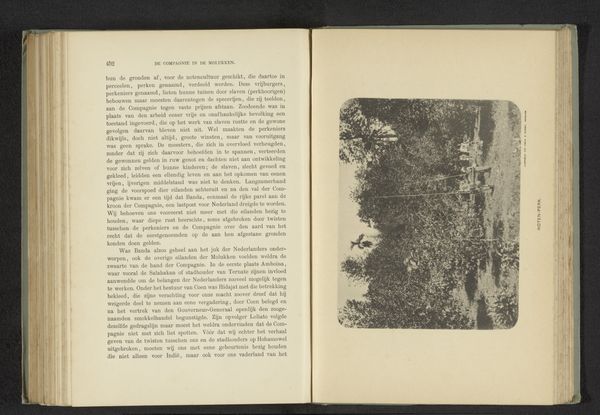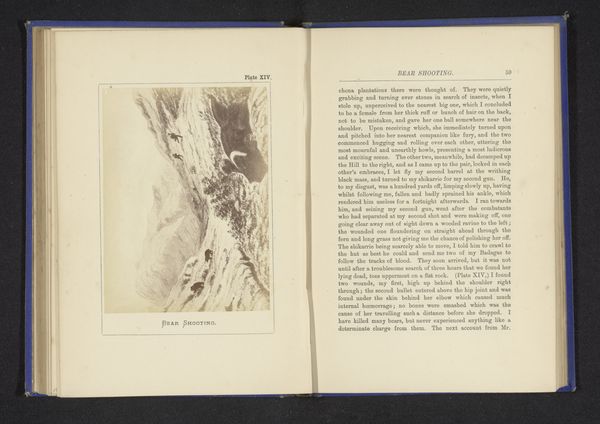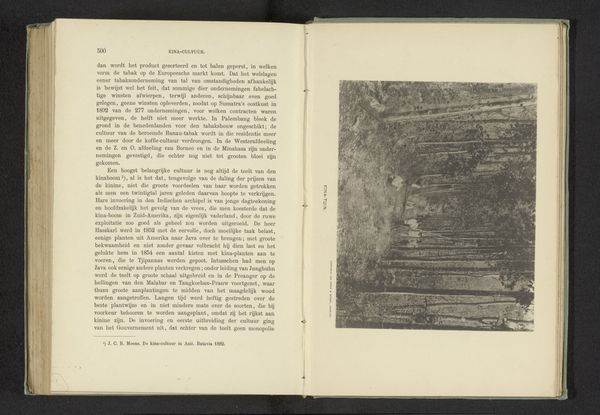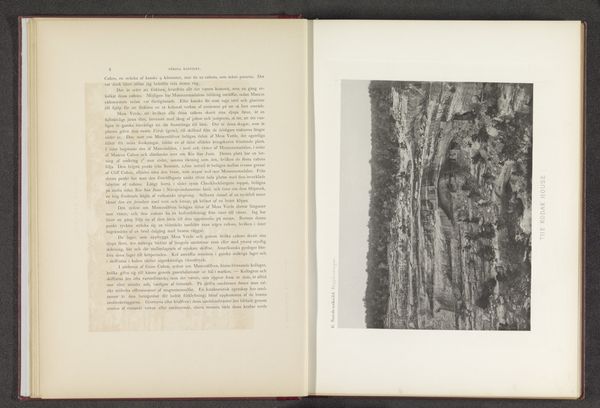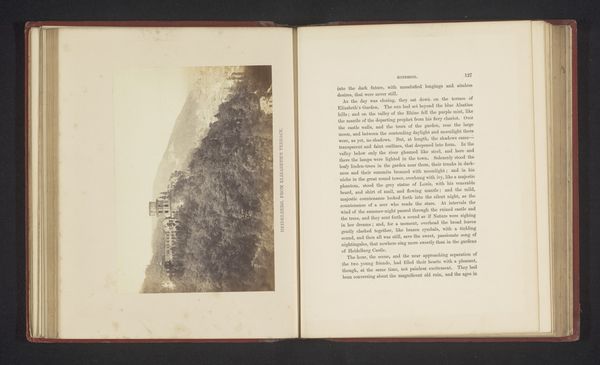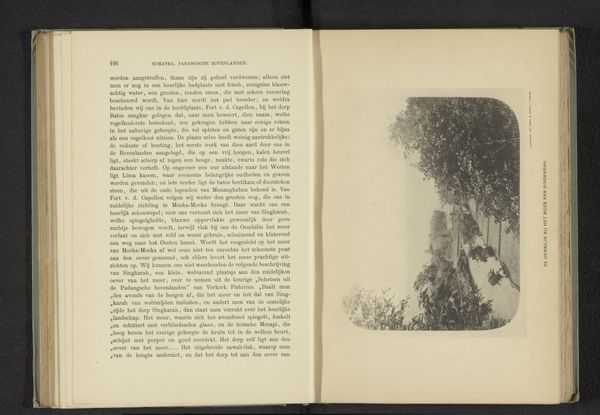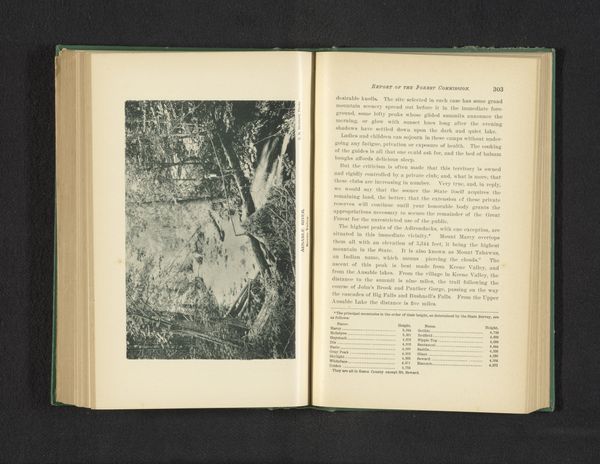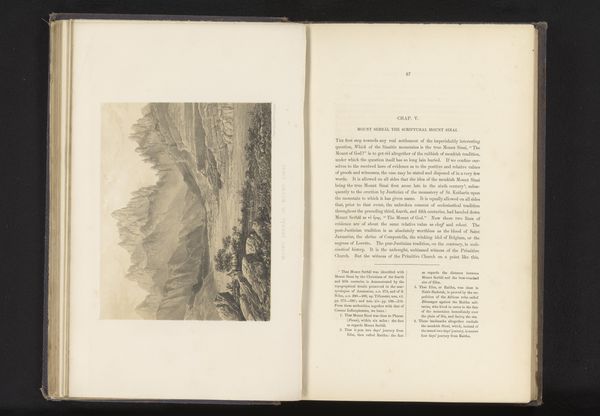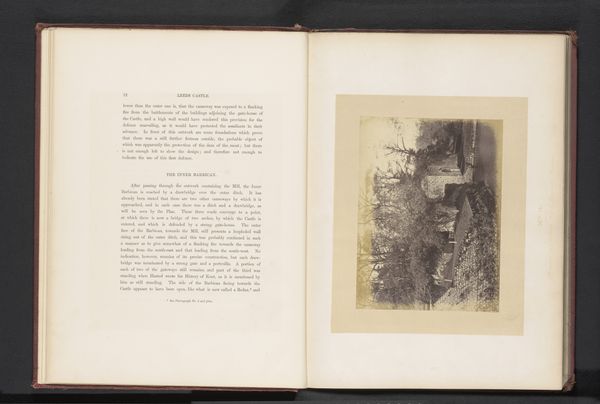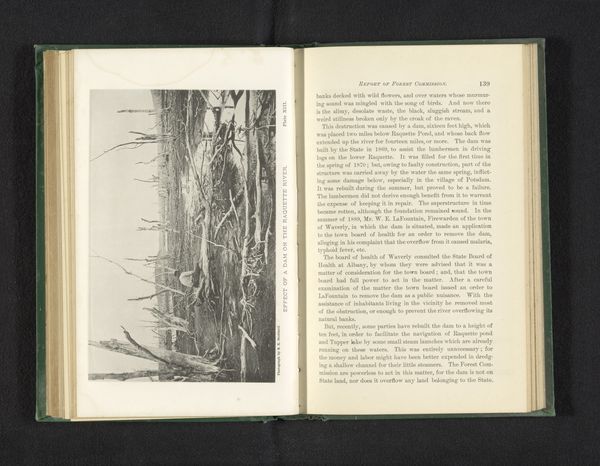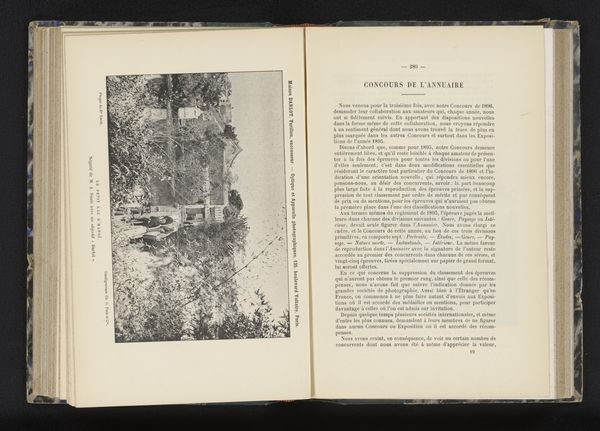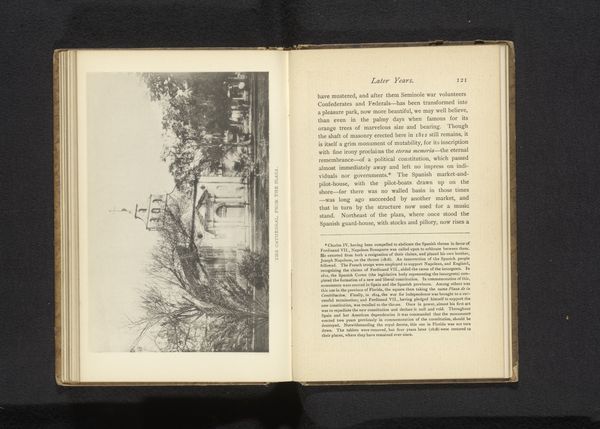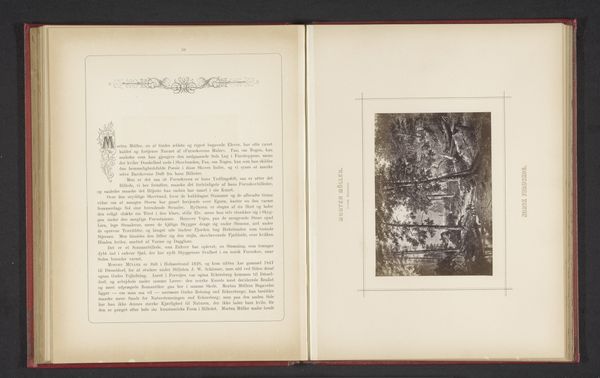
print, photography
# print
#
landscape
#
photography
#
naturalism
Dimensions: height 130 mm, width 191 mm
Copyright: Rijks Museum: Open Domain
Curator: Here we have an anonymous photograph, “Gezicht op een bos met pandan in vermoedelijk Buitenzorg,” dating to before 1894 from the Rijksmuseum collection. The image captures a dense forest scene in a style reminiscent of naturalism. I am really intrigued by how this was perceived when viewed from the lens of its cultural setting, especially during that particular time. What are your thoughts? Editor: I find it quite immersive. The tangle of branches and the sharp contrast between light and shadow really draw you in. Given that it’s photography, a relatively new medium at the time, how do you think its presentation of nature differs from, say, painting from the same era? Curator: That’s a key point. Photography, in its early days, had a complex relationship with painting. While some photographers sought to emulate painting’s aesthetic qualities, others embraced the medium's unique ability to document reality. The choice to photograph this landscape, and present it as a print suggests an engagement with the political dimensions of imagery at the time. Who was the intended audience for this, and what messages were they meant to extract from the view? Editor: So, it's not just about accurately representing nature, but also about making statements about society and power dynamics. Did photography serve as a way to promote a certain idea of the colony or to reinforce colonial narratives? Curator: Exactly. Consider how photographs like this might have been used to showcase the 'exotic' beauty and resources of colonial landscapes, justifying imperial expansion. The scientific impulse of botanical documentation could also intertwine with an aesthetic appreciation, serving both the colonial administration and a European audience eager for images from far-off lands. We must be aware of the multiple layers of interpretation that the photograph holds. Editor: That’s fascinating; I hadn't considered the propagandistic angle of landscape photography during that era. It seems that what appears to be a simple scene contains a network of complex social and political meanings. Curator: Indeed. Analyzing the image's production, circulation, and reception can reveal much about the relationship between art, power, and perception during this historical moment. A deeper exploration into photography allows one to understand its implications and social context.
Comments
No comments
Be the first to comment and join the conversation on the ultimate creative platform.
